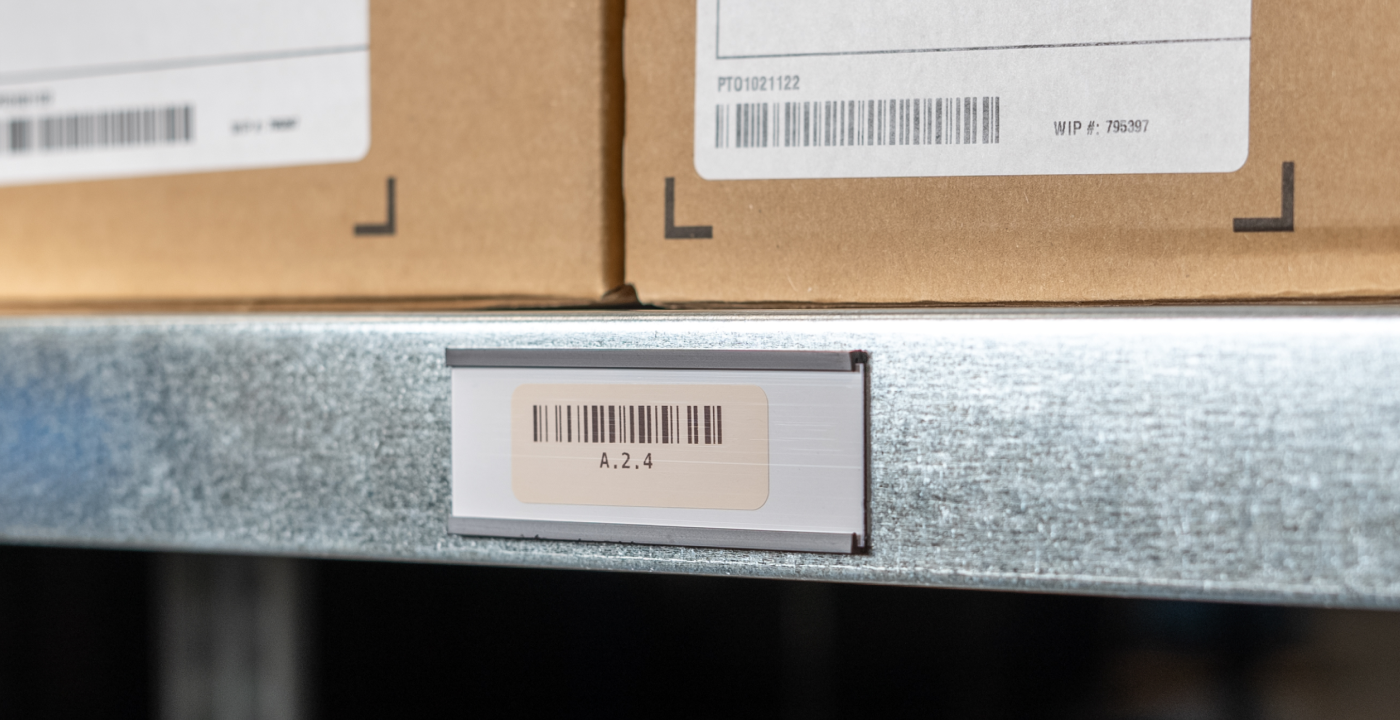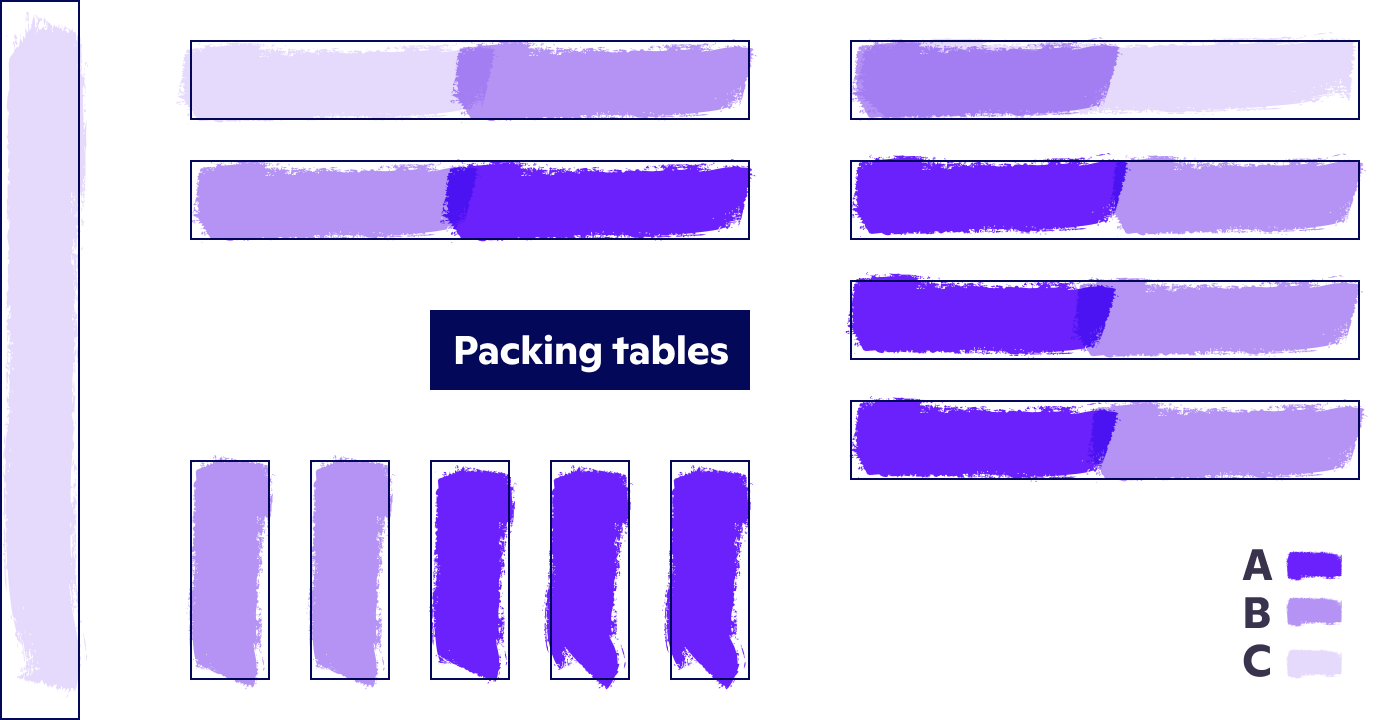Walk less in your warehouse, save meters and time
Did you know warehouse employees spend up to 60% of their working day walking? A few meters here and there may not seem like much, but over the course of a week, let alone a year, they really add up. By optimizing your warehouse layout and placing products more strategically, you can easily save time and distance during order picking.

The biggest wins come from a strategic warehouse layout
We often see pickers walking more than they need to. For example, when all products from the same brand are stored together in the middle of the warehouse, even if only one of those products is a fast mover. That means walking all the way there and back just for one item.
It’s more efficient to organize your warehouse based on how frequently each product is sold. Because the more often a product appears on a picklist, the more often someone has to walk to get it. So give those products a prime location.
Know which products sell most often
To organize your warehouse smarter, you first need to know which products are picked most frequently. You can find this data in Picqer or in your webshop’s sales reports. Then divide your products into three categories:
- A-products: the top 5% of products you sell most, your fast movers
- B-products: the 15% that sell regularly
- C-products: the 80% that sell the least
Once you know your ABC breakdown, you can place products in strategic locations accordingly.
Efficient picking: place fast movers close to the packing table
Your biggest time savings come from placing fast movers near the packing table. Every meter your pickers don’t have to walk adds up. It’s fine if B-products are a bit further away. And C-products can go in the back.
One extra tip: don’t place all your A-products in a single aisle. Spread them out over several front-facing rows, as shown below, so multiple employees can pick orders at the same time without getting in each other’s way.

Automatic ABC analyses in Picqer
Using Picqer? Then Picqer automatically creates a weekly ABC analysis for you. The A, B, or C labels appear on the product page and when receiving new stock, so you know immediately where each product fits best.
If you see during receiving that a product moved from a C-location to an A-location, leave the existing stock where it is until it sells out. Place the new stock on the A-location. That way, your warehouse improves automatically, no need to move products around unnecessarily.
Real-life example: Scala XL constantly improves their warehouse layout
Scala XL sells a lot of seasonal products. They review their ABC analysis every month to optimize their layout:
“Because we sell many seasonal products, we have to be creative with how we move things around in the warehouse. We mainly have space left over in certain areas to store and stack products. We use the ABC analysis to decide which products should be closest to the packing stations. We run the analysis monthly because a lot changes each month.”
Calculate what you save
Saving just 1 meter may not sound like much, until you walk it 20 times a day. And your coworkers walk it too. And your order volume doubles but your walking pattern stays the same.
Add up all those meters and see what it saves you. 1 meter could be the difference between barely manageable and peace of mind. That’s impact.


